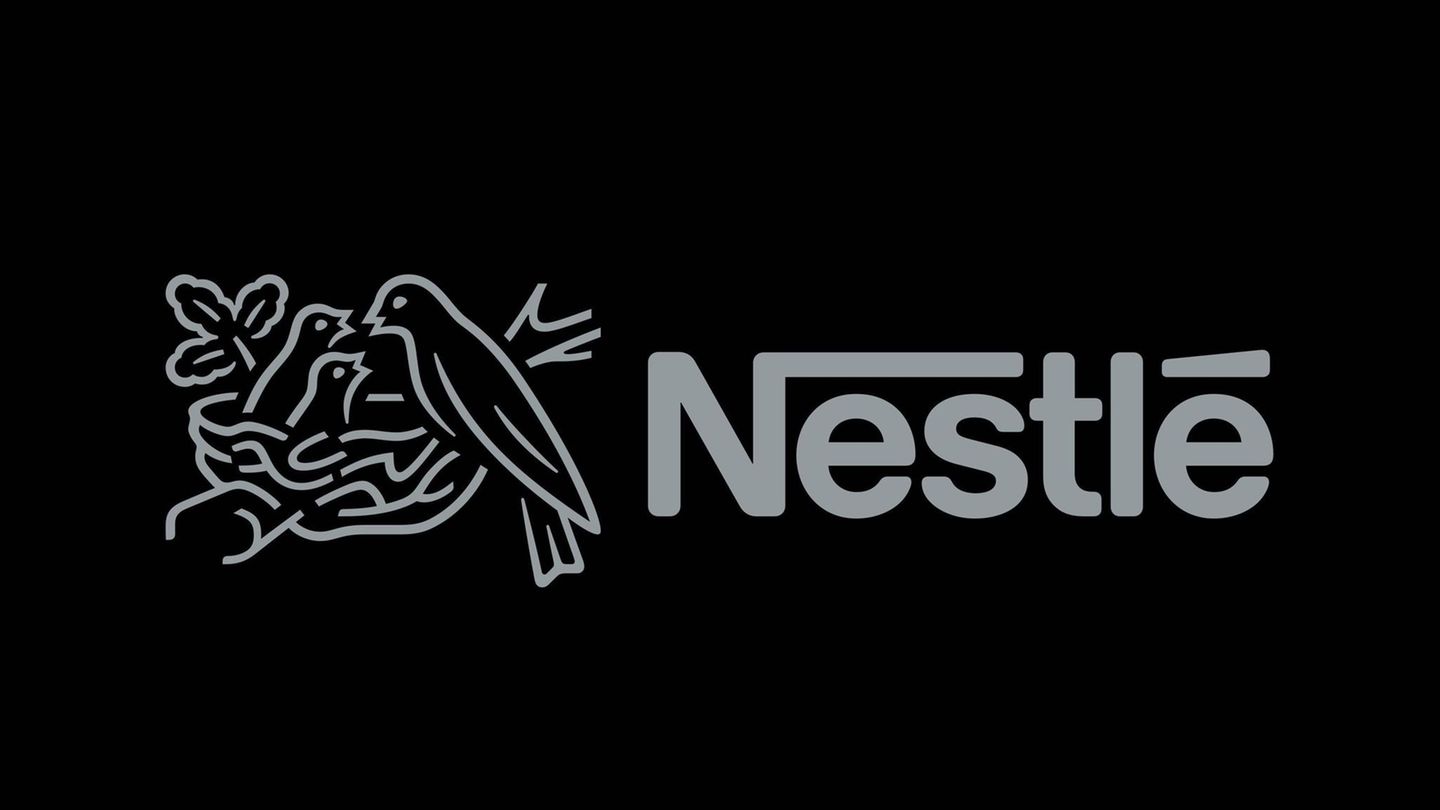Companies bet on efficiency in a challenging economic context. They project that the market would reach US $ 3,150 million in 2029.
In recent years, the Argentine pet food market He experienced remarkable growth, consolidating as a key sector in the national economy. According to Mordor Intelligence data, it is estimated that this market It reaches a value of US $ 1.5 billion and projects that it will reach US $ 3,150 million in 2029.
The content you want to access is exclusive to subscribers.
Juan Pablo Ravazzano, President of the Argentine Chamber of Animal Nutrition Companies (CAENA), It emphasizes that this growth reflects not only the increase in pet tenure, but also a marked trend towards greater care. “The owners look for higher quality and specific products for the needs of their animals. This is a phenomenon that was accelerated during the pandemic and has not stopped,” he says.


However, he warns about the recent challenges facing the sector and points out that “A year ago, since the change of government, a strong reduction in sales volumes was recorded, affecting all balanced food categories. “ In addition, he says that “there was a fall of around 10% in the total volume, along with a downward shift in the consumption pyramid: those who bought super -premium passed to the premium, those of the premium to the standard and those of the standard the economic.”
According to a Kantar study, eight out of ten Argentines have pets in their homes, and balanced food represents 90% of the budget allocated to them. This underlines the relevance of the sector in the domestic economy. “The fidelity of the Argentine consumer is remarkable, but the current economic situation has led some to look for more accessible options without sacrificing quality, “explains Ravazzano.
On the possibility of growing in shipments, Ravazzano emphasizes that “Argentina’s position in the international market is solid, but we must face challenges such as tax pressure and high costs.” He adds that “the industry has cutting -edge technology and productive capacity, but it is difficult for us to compete with neighboring countries such as Brazil, Paraguay and Chile, where tax conditions are much more favorable.”
More specifically, in President of Caena it highlights that “Balanced food is a highly exportable product, Thanks to technology, productive capacity and quality of raw materials. But if high retentions and taxes persist, the growth of the sector will be further difficult. ” that “it is not about asking for subsidies, but about competing on equal terms with other markets.”
On the other hand, the sector faces the impact of production cost increase. “Today companies are looking closely at their expenses and costs, trying to be as efficient as possible. Inflation served as a kind of inefficiencies concealer, but now the economy is much more realistic and it is necessary to optimize processes“Ravazzano explains. In this regard, he emphasizes that” the professionalization of the sector has been enormous in the last 25 years. Currently, the industry is much more technified, with plants that operate under high quality standards and even compete equally with multinationals. “
The truth is that despite economic difficulties, Ravazzano is optimistic about the future of the sector and argues that it can continue to grow. “If the government includes the potential of the sector as a currency generator, Argentina could make the most of its export capacity and consolidate even more in the global market, “he details by way of closing.
Source: Ambito
I am a 24-year-old writer and journalist who has been working in the news industry for the past two years. I write primarily about market news, so if you’re looking for insights into what’s going on in the stock market or economic indicators, you’ve come to the right place. I also dabble in writing articles on lifestyle trends and pop culture news.




